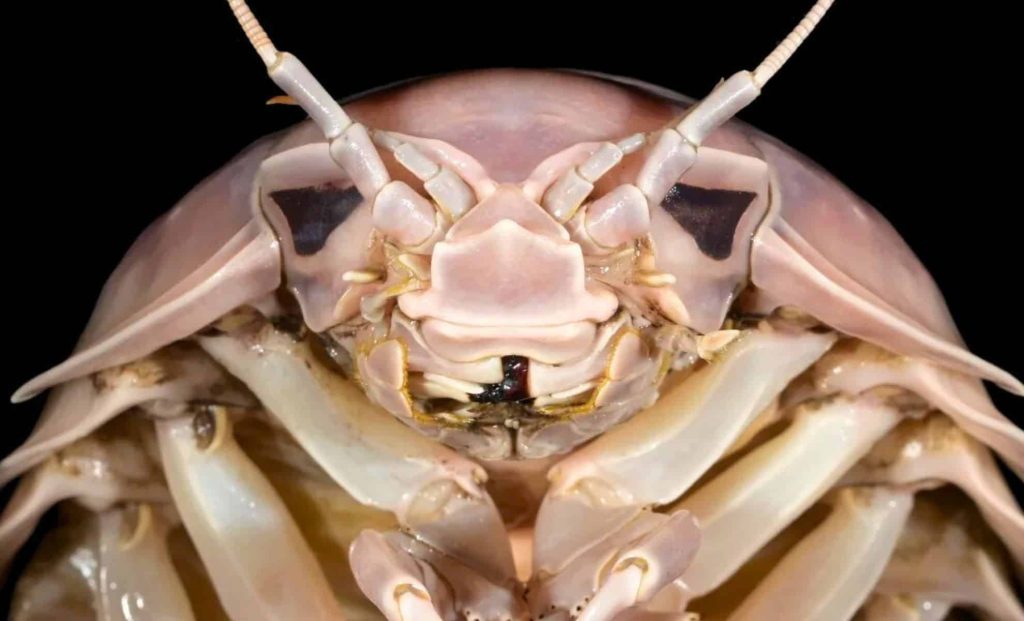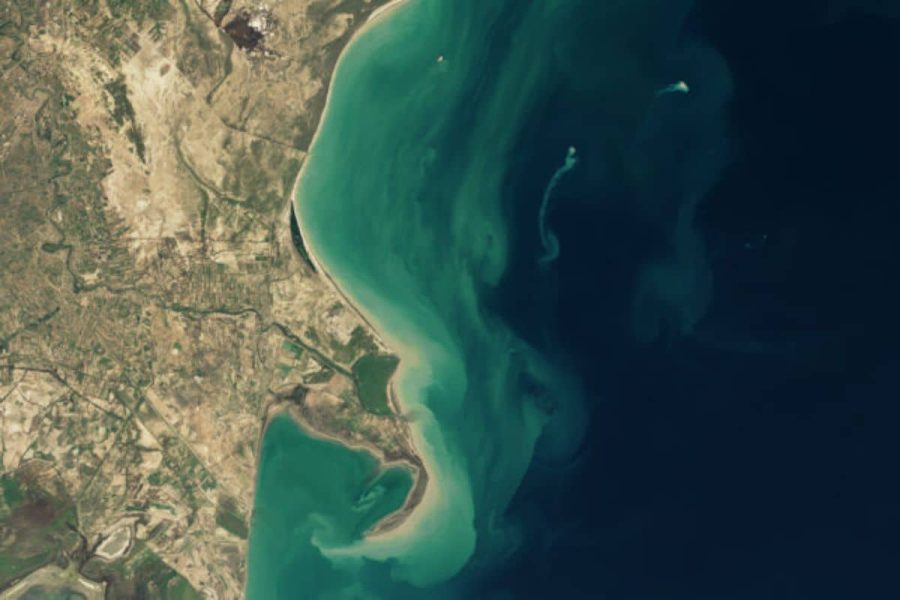Giant “Darth Vader” Sea Bug Discovered… In a Vietnamese Market: A New Species of Crustacean – The Daily Galaxy –Great Discoveries Channel

In a bustling Vietnamese market, researchers stumbled upon a creature so unusual it earned the nickname “Darth Vader of the deep.” This giant, armored crustacean, unlike anything seen before, has sparked both scientific curiosity and questions about the mysteries still lurking in our oceans. In a surprising twist of scientific discovery, a new species of giant crustacean has been identified—not in the depths of the ocean, but in a bustling Vietnamese market. Dubbed the “Darth Vader” sea bug due to its striking resemblance to the iconic Star Wars villain, this creature is captivating scientists and the public alike.The discovery was made by a team of Japanese and Vietnamese researchers who stumbled upon the unusual specimen while surveying local markets for marine life. Measuring up to 10 inches in length, this giant isopod belongs to the Cirolanidae family and has been named Cirolana darthvaderi. Its unique appearance and size have sparked curiosity about its evolutionary adaptations and ecological role. But beyond its novelty, the discovery raises questions about how much we still have to learn about the ocean’s hidden inhabitants.The discovery of Cirolana darthvaderi is a testament to the serendipity of scientific exploration. Researchers were conducting a routine survey of marine species sold in Vietnamese markets when they encountered the unusually large isopod. “It was immediately clear that this was something special,” said Dr. Katsunori Fujikura, a marine biologist involved in the study. “Its size and distinct morphology set it apart from any known species.”The team collected several specimens for further analysis, confirming through genetic and morphological studies that it was indeed a new species. The creature’s dark, armored exoskeleton and pronounced head shield—features that earned it the “Darth Vader” nickname—are adaptations to its deep-sea habitat. While its exact origins remain unclear, researchers believe it likely inhabits the waters off the coast of Vietnam, where it was brought to market by local fishermen.Giant isopods like Cirolana darthvaderi are fascinating examples of deep-sea adaptation. These creatures thrive in extreme environments, where food is scarce and pressure is immense. Their large size is thought to be an evolutionary response to these conditions, allowing them to store energy for long periods between meals. “They are the ultimate survivors,” explained Dr. Fujikura. “Their ability to endure harsh environments makes them a key subject for studying resilience in marine life.”The discovery also sheds light on the biodiversity of the South China Sea, a region that remains understudied despite its ecological significance. “Every new species we find adds a piece to the puzzle of how marine ecosystems function,” said Dr. Hoàng Thị Thùy Dương, a Vietnamese researcher involved in the study. “This discovery reminds us that there are still many mysteries waiting to be uncovered.”The identification of Cirolana darthvaderi is more than just a scientific curiosity—it has important implications for marine conservation. The South China Sea is one of the most biodiverse regions on the planet, but it is also under threat from overfishing, pollution, and climate change. The discovery of a new species in a local market highlights the need for better monitoring and protection of marine habitats.“Finding a new species in a market is both exciting and concerning,” said Dr. Fujikura. “It shows that even large, unique creatures can go unnoticed until they are caught and sold. We need to ensure that these ecosystems are preserved before we lose species we haven’t even discovered yet.”Efforts to protect the South China Sea’s biodiversity are gaining momentum, with calls for international cooperation to establish marine protected areas and sustainable fishing practices. The discovery of Cirolana darthvaderi serves as a timely reminder of the urgent need for action.The discovery of the “Darth Vader” sea bug is a thrilling addition to the world of marine biology, showcasing the wonders that still lie hidden beneath the waves. It also underscores the importance of exploring and protecting our oceans, particularly in understudied regions like the South China Sea. As scientists continue to uncover new species, the need for conservation becomes ever more pressing. After all, the next discovery could be just around the corner—or in the next market stall.Got a reaction? Share your thoughts in the commentsEnjoyed this article? Subscribe to our free newsletter for engaging stories, exclusive content, and the latest news.Looks like a giant sand flea to me.Comment Save my name, email, and website in this browser for the next time I comment.
© 2024 | Daily Galaxy | All rights reserved




